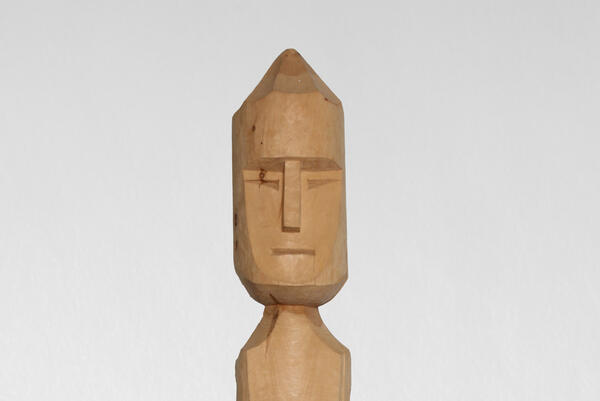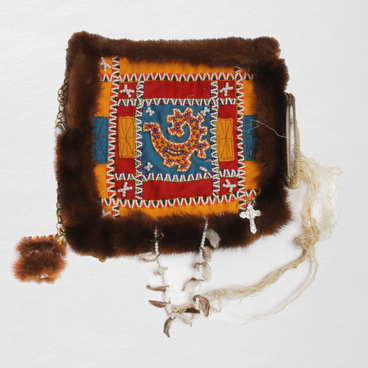The Khanty, the indigenous people of Western Siberia, believed in numerous spirits. They were perceived as beings that were similar to humans, but much more powerful. The Khanty considered some spirits to be benevolent, others hostile to people. Therefore, they always sought to ensure the support of good forces and prevent the evil from doing harm. To do so, the Khanty performed certain rituals, observed the rules and did not dare to violate ancient bans.
The spirits, in which the Khanty and Mansi believed, can be divided into several groups. These are general spirits, family, domestic and personal ones.
The Khanty dedicated monumental idols made of logs to the universal spirits. They were considered more powerful than family and clan spirits. Each social group had its own supernatural patron. Most often, their images were placed where the Khanty believed they lived: in thick groves, hunting grounds, river mouths or deep whirlpools. These idols were portable, and if the place of worship was moved, the idol could be moved too.
The Russian philologist of Finnish descent Mathias Castren wrote about the northern Khanty in 1858,
The spirits, in which the Khanty and Mansi believed, can be divided into several groups. These are general spirits, family, domestic and personal ones.
The Khanty dedicated monumental idols made of logs to the universal spirits. They were considered more powerful than family and clan spirits. Each social group had its own supernatural patron. Most often, their images were placed where the Khanty believed they lived: in thick groves, hunting grounds, river mouths or deep whirlpools. These idols were portable, and if the place of worship was moved, the idol could be moved too.
The Russian philologist of Finnish descent Mathias Castren wrote about the northern Khanty in 1858,






